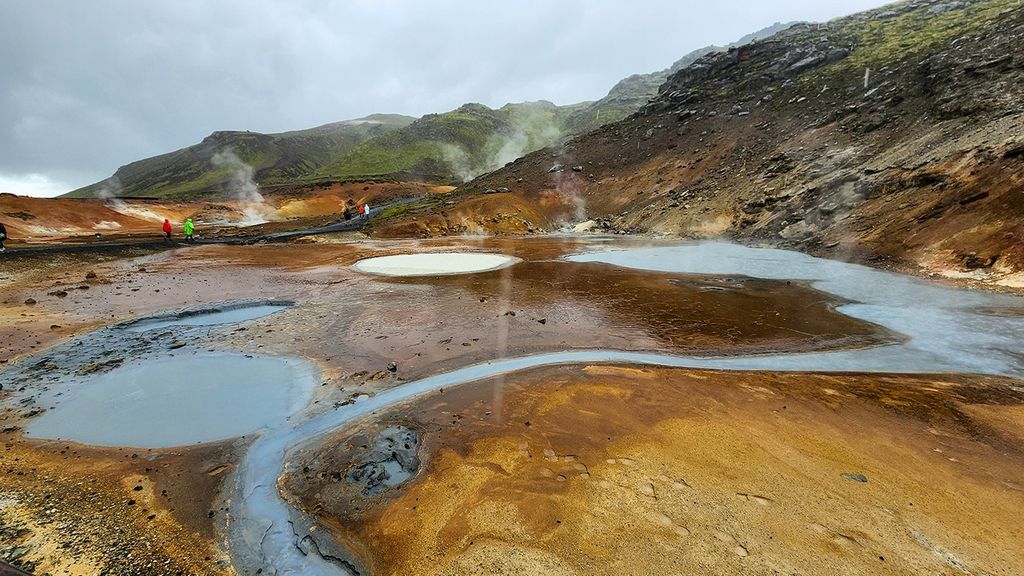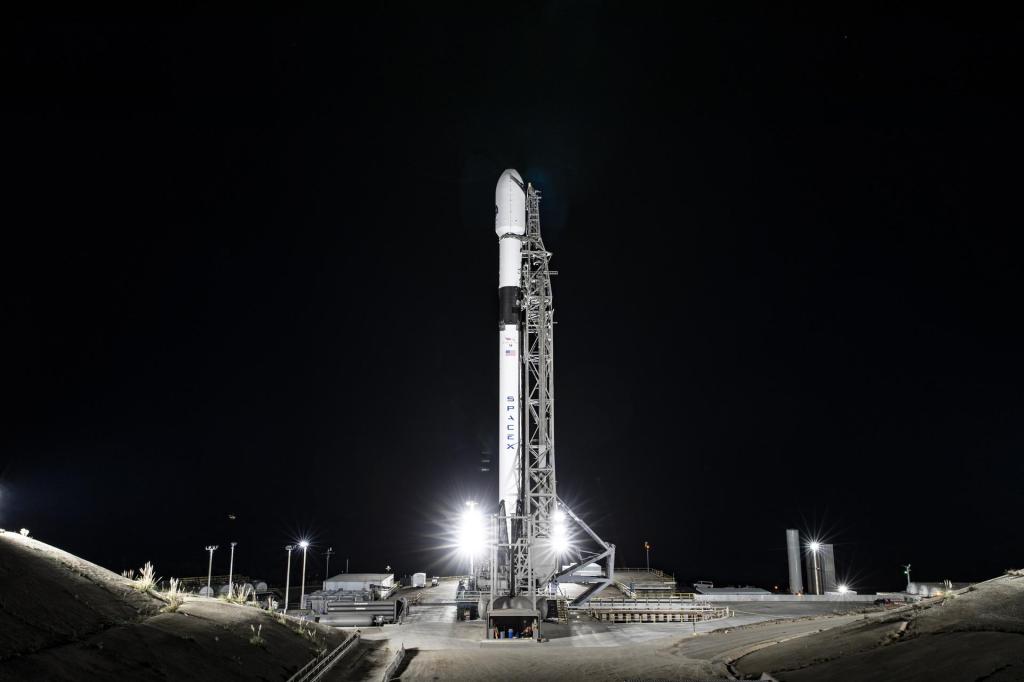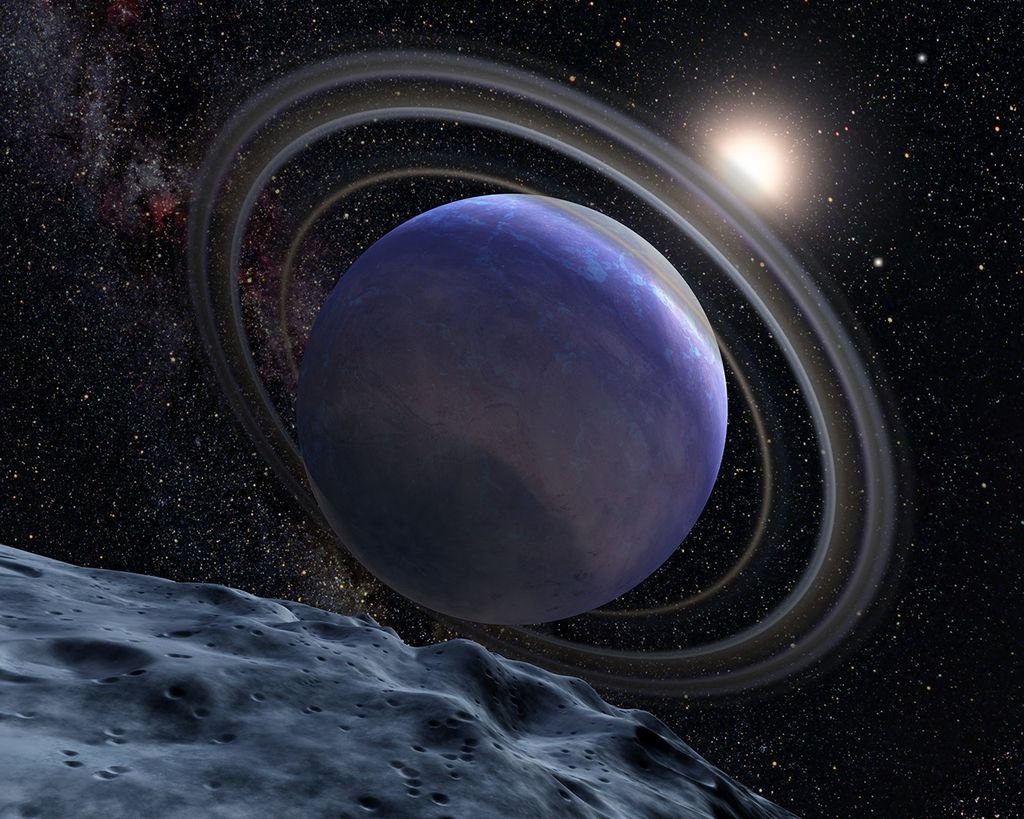Catastrophes For Life From the Sun: Distant Past and Near Future
Feb 2, 2015
Catastrophes For Life From the Sun: Distant Past and Near Future
By Vladimir Airapetian
Understanding the evolution of Earth requires understanding its relationship to the sun. The early sun was an extremely magnetically active star and its space weather effects may well have had crucial effects for the origin and development of life on Earth. In this research, we explore how the magnetic activity of the sun -- in terms of its frequent and energetic coronal mass ejections, or CMEs – could have affected the atmosphere of early Earth and life on it.
It took over half a billion years for early life to develop on Earth after the first appearance of water on the planet about 4.3 billion years ago. We researched what could have affected this timing by assessing the role of the magnetic processes on the early sun. Specifically, we modeled the interaction of frequent and energetic CMEs with Earth's magnetosphere. Our research suggests that CMEs from the early sun continuously destroyed the sub-solar parts of Earth's magnetosphere at heights less than 1 Earth radius.
We used a sophisticated 3-dimensional magnetohydrodynamic model used for space weather forecasting, which is currently available at the Community Coordinated Modeling Center at NASA's Goddard Space Flight Center. We applied the model to the harshest conditions in early Earth. The model showed that the dipole magnetic field around Earth was severely affected by magnetic reconnection from the CMEs, forming "perfect storms" every day.
This level of solar storm would have caused erosion of Earth's atmosphere, the ozone layer, leading to lethal UV radiation passing from the sun to Earth's surface and to a greenhouse effect due to escape of carbon dioxide from the atmosphere. Our research provides a potential answer to what's known as the "faint young sun” paradox, in which the stellar evolution theory that the Sun was only 75% as bright 4 billion years ago as it is today doesn't jibe with the fact that the planet was warm enough to support liquid oceans. Specifically, our model shows that the direct heating from CME magnetic interaction as well as from the energetic protons produced in a CME associated shocks may have been enough to account for the warm conditions on early Earth. The model may also be consistent with recent findings -- from the sizes of tiny craters formed by water droplets over 2.7 billion years ago -- that early Earth's atmospheric pressure was around half the present value.
We are working with atmospheric scientists Domagal-Goldman and Alex Pavlov from NASA Goddard to model these conditions for early Earth. We also find that abundant energetic protons are capable of penetrating Earth's atmosphere and breaking atmospheric nitrogen -- the major ingredient of the early Earth’s atmosphere -- into atomic nitrogen. This process produces hydrogen cyanide, which is an essential molecule for producing prebiotic life chemistry including RNA molecules, the precursor of life. This raises an intriguing possibility that the frequent super-CMEs could also have been catalysts of the first life forms on Earth.
Not only does this research address important questions about the evolution of the early sun and our planet, but it may provide clues on the effects of future severe space weather on our Earth. The next step is to assess the consequences of such an event if it occurred today. Such information also helps us better understand the space weather system around planets like Earth elsewhere in the solar system.
NEED Animation
Presented at the International Meeting "Toward Other Earths II", Sept 13-18, 2014, Porto, Portugal
This model shows how severely intense coronal mass ejections from the early sun would have compressed the day side of the magnetosphere – exposing Earth's atmosphere as close as one Earth radii to the interplanetary magnetic field.






























